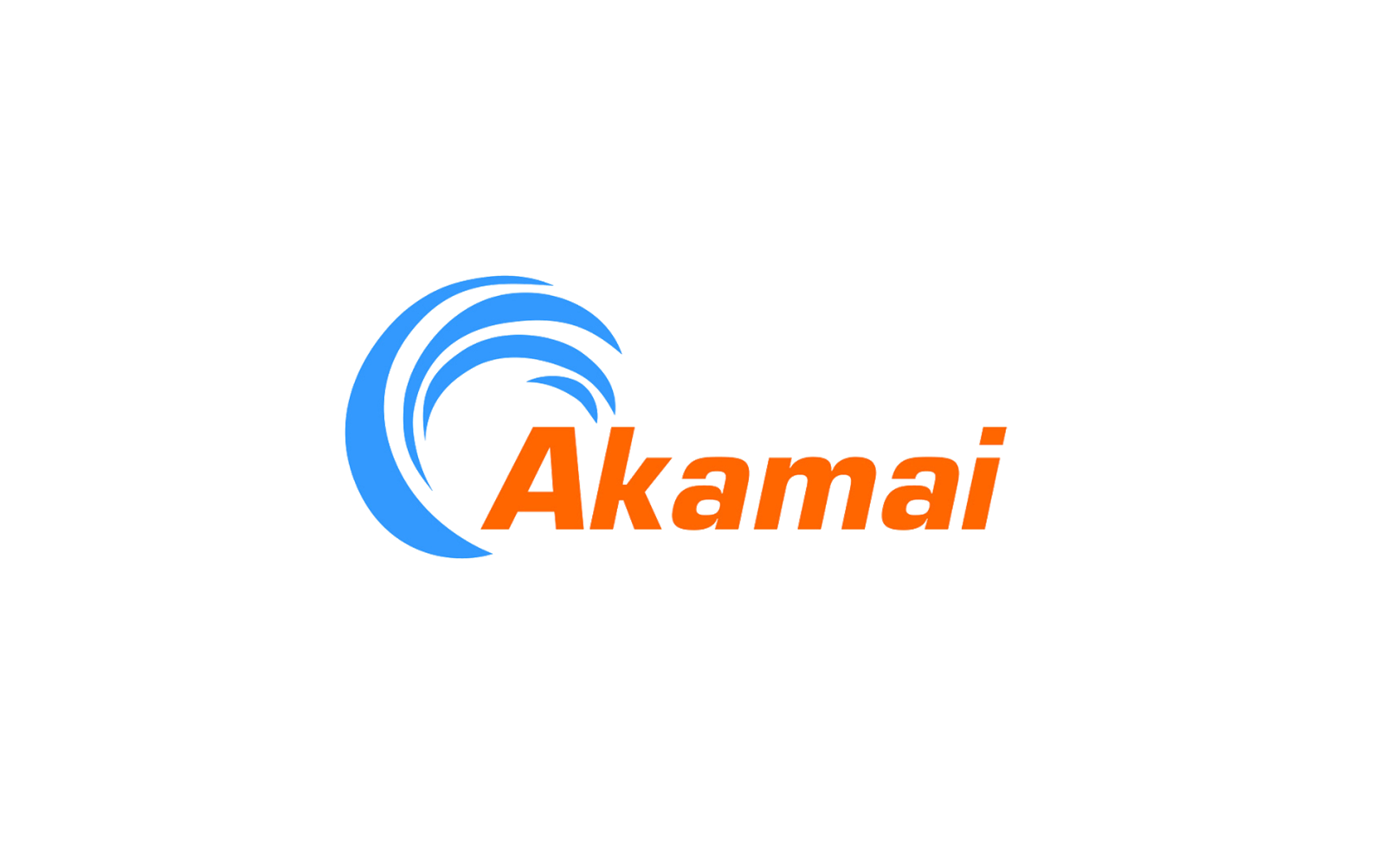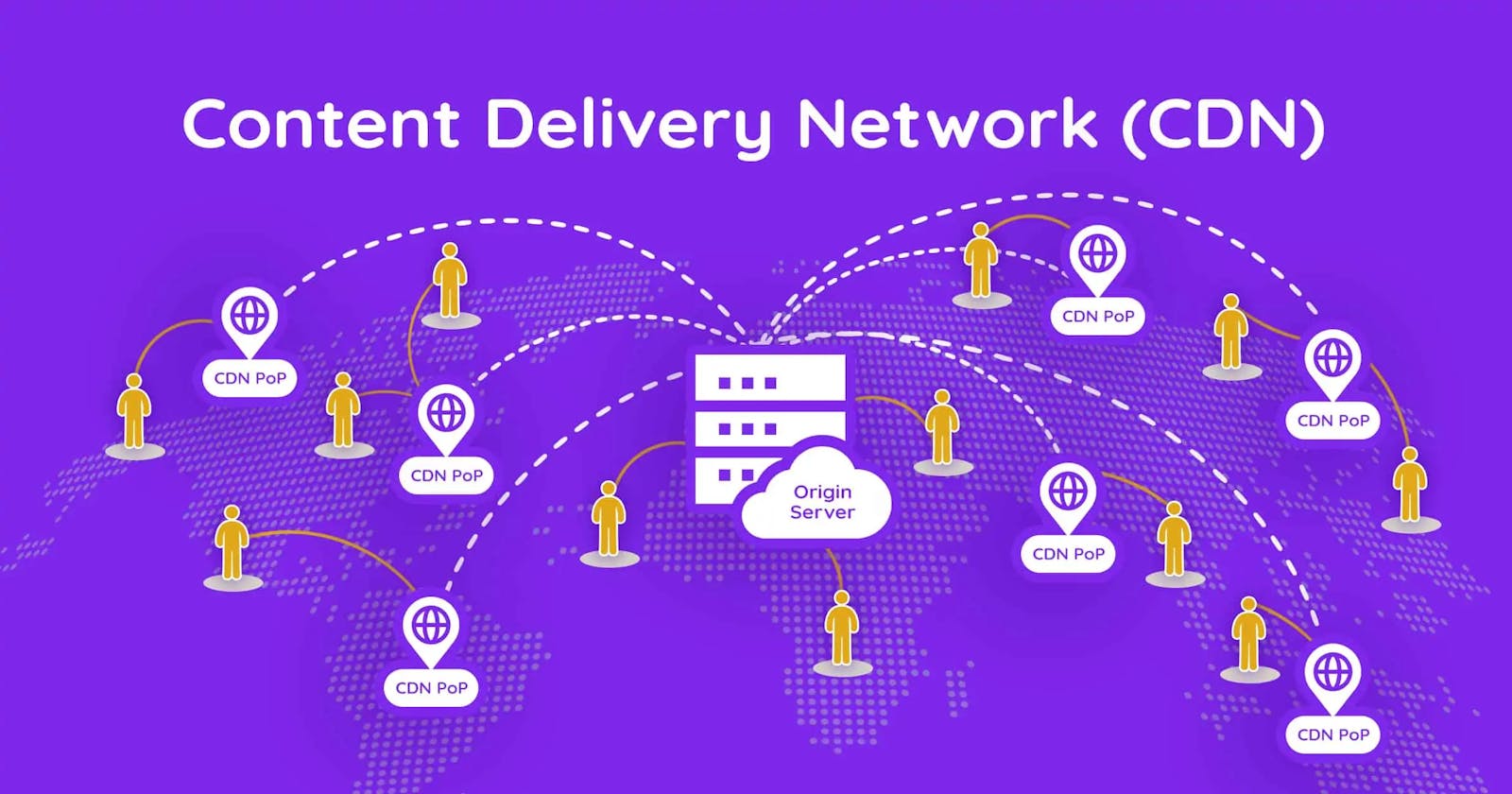What is a CDN?
A Content Delivery Network (CDN) is a geographically distributed network of servers that work together to provide fast delivery of internet content. A CDN allows for the quick transfer of assets needed for loading internet content including HTML pages, java script files, stylesheets, images, and videos.
Why Do We Need a CDN?
The primary reasons for using a CDN are to improve website load times, reduce bandwidth costs, increase content availability and redundancy, and improve website security.
Performance: CDNs deliver content to end users from the nearest server, reducing latency and packet loss.
Scalability: CDNs can handle sudden traffic spikes and heavy loads, like during major events.
Reliability: By distributing assets across multiple servers, CDNs can handle hardware failures more smoothly.
Security: CDNs can provide several security benefits, like DDoS protection and edge SSL encryption.
Blocked Access: With CDN, your content might be blocked in certain countries or regions.
Optimization: CDNs often provide automatic optimization for faster content delivery

Different Types of CDNs
There are primarily three types of CDNs:
Open CDNs: These are publicly available CDNs that anyone can use to deliver content. Examples include Cloudflare and Fastly.
Private CDNs: These are custom-built for specific organizations and are not available to the general public. Large companies like Google and Facebook use private CDNs.
Hybrid CDNs: These are a combination of open and private CDNs, providing the benefits of both types.
Use Cases and Real-World Examples
CDNs are used in various scenarios, such as:
Website Content Delivery: CDNs are used to deliver website content to users quickly and efficiently. For example, media websites like BBC and CNN use CDNs to ensure their content reaches viewers around the world quickly.
Streaming Media: CDNs are used to stream video and audio content to users worldwide. For instance, Netflix and YouTube use CDNs to ensure smooth streaming experiences for their users.
Software Distribution: CDNs are used to distribute software updates and patches to users. For example, Microsoft uses its own CDN to distribute updates to Windows users worldwide.
Different CDN's available across the globe
Akamai CDN (Content Delivery Network) is a globally distributed network of servers designed to deliver web content, such as web pages, videos, and other digital assets, to users with high performance and low latency. This is the one of the most popular CDN used across the world.
It is a cloud-based service that caches and distributes content across its vast network of servers strategically located in data centers around the world. It optimizes content delivery by routing user requests to the nearest server, reducing latency and enhancing website performance.
Akamai, Cloudflare, and AWS CloudFront are all popular Content Delivery Network (CDN) services, each with its own strengths and weaknesses.
Akamai

Pros: Extensive network with over 240,000 servers worldwide, advanced security features, efficient content offloading, good page caching, and quick rollback.
Cons: Complex pricing structure, setup can be complicated for beginners, and some users report having difficulties navigating the interface.
Performance: In one analysis of CDN throughput, Akamai was roughly 14% faster than CloudFront.
AWS CloudFront

Pros: Seamless integration with other AWS services, pay-as-you-go pricing model, secure content hosting at no extra fee.
Cons: Costs can add up quickly for high traffic sites, limited network compared to other CDNs, learning curve for newbie users.
Integration: If you are using other AWS services, then no other CDN can compete with AWS CloudFront.
Cloudflare

Pros: Integrated Cloudflare CDN in all plans, fast and reliable global content delivery, easy setup and management, improves website loading speed, protects your website from all kinds of attacks.
Cons: Convoluted user interface, relatively expensive.
In conclusion, Akamai is particularly strong for demanding packages like video streaming due to its international reach, superior capabilities, and strong safety. On the other hand, for businesses already invested in the AWS environment, CloudFront offers a cost-effective and easily managed solution for content delivery within its network coverage. Cloudflare is known for its integrated CDN in all plans and strong focus on security. The choice between the three depends on your specific needs and requirements.

